
BED BUGS
Identification, Facts, & Control
Latin Name
Cimex lectularius
Appearance
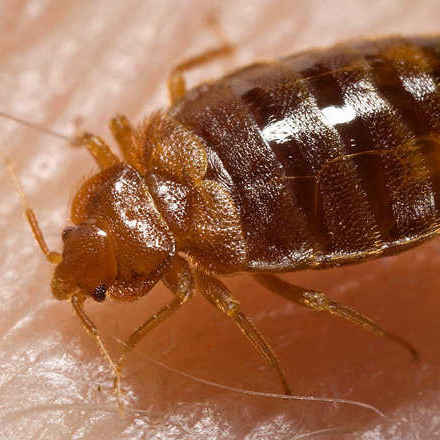 3/16 - 1/4 inch long, brown with an oval-shaped body
3/16 - 1/4 inch long, brown with an oval-shaped body
Fifty to 100 years ago bedbugs were a common thing in hotels and inns, and in tenement housing in larger cities. Nowadays, since the advent of DDT, they are less often encountered. They feed mostly on humans, bats, and birds.
Like the conenoses, bedbugs are true bugs belonging to Order Hemiptera; but the wings are vestigial (lost or almost lost through evolution). The adults are rusty brown in color, flat oval in shape, and 1/4 to 3/8" long. They become larger, longer and redder (with blood) after feeding. The eggs are relatively large, about 1/16" for this small and insect. They are laid in bedding or in cracks and crevices, and are covered with transparent cement.
Both the nymphs and adults can survive for prolonged periods without food. But the nymphs must have a blood meal between molts, and the adults must have a blood meal before each laying.
Almost certain signs of their presence are blood marks on bedding and the characteristic spots of fecal excretion (yellowish brown or black); and in the case of a sizable infestation, a characteristic unpleasant odor.
Where to find them: Along the seams and around the buttons of mattresses, and in upholstered furniture, coils of bed springs, in cracks and hollow posts in bedsteads, and in upholstery of chair and sofas; but sometimes also in the backing of pictures of walls; behind baseboards and in other cracks and crevices near sleeping quarters. The visible signs of bedbugs are indicated by small blood stains on sheets.
Click on a species of pest below to learn further information.
Having trouble with Pests?
Give us a call: 661-645-6855
Or have Traffic contact you today and get a FREE estimate for:
Your Neighborhood Bug Guys!
Traffic Pest Solutions (LA)
15828 Toscana Ct.
Santa Clarita, CA 91387
Phone: (661) 645-6855Santa Clarita, CA 91387

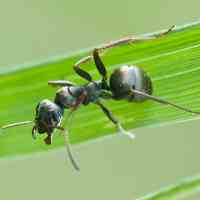 Ants
Ants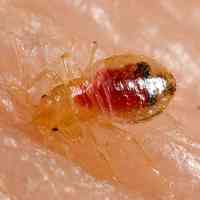 Bed Bugs
Bed Bugs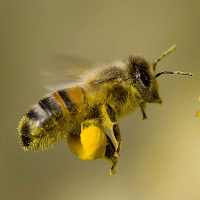 Bees
Bees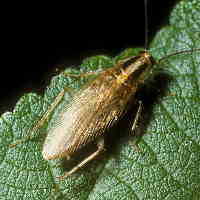 Cockroaches
Cockroaches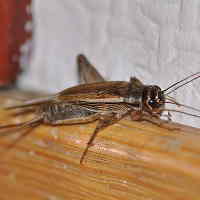 Crickets
Crickets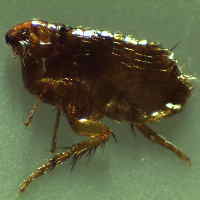 Fleas
Fleas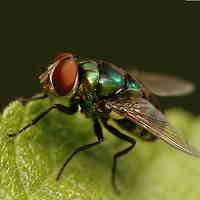 Flies
Flies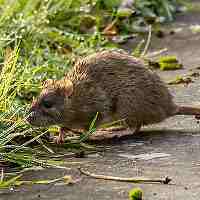 Rodents
Rodents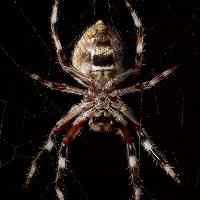 Spiders
Spiders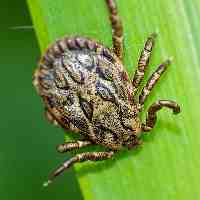 Ticks
Ticks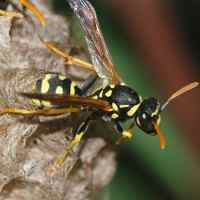 Wasps
Wasps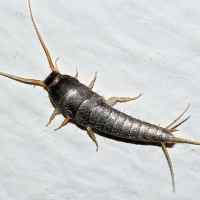 Silverfish
Silverfish